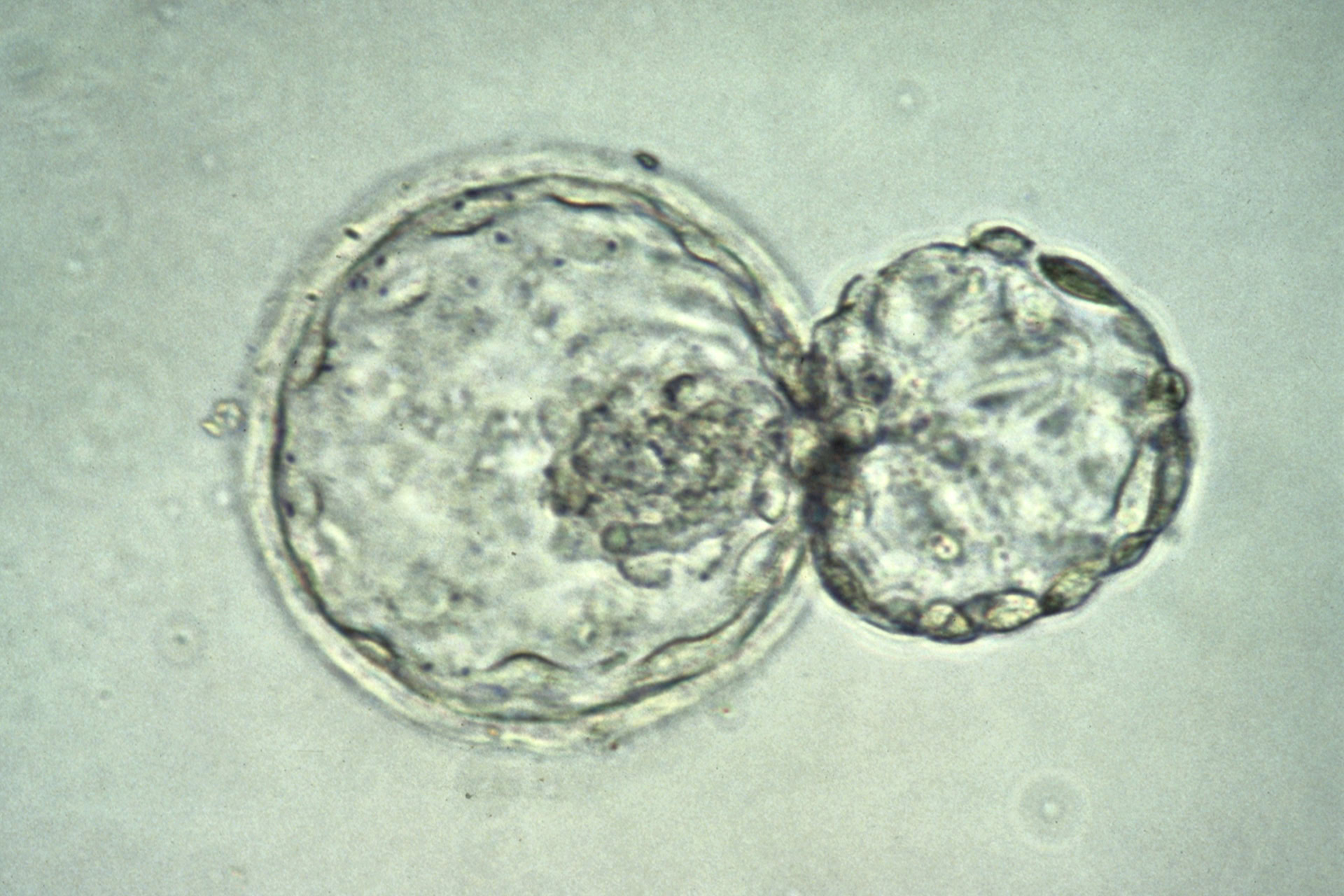We've all heard the stories about Archimedes taking a bath, Newton sitting under an apple tree - about moments when the secrets of nature suddenly revealed themselves to humankind. Well, stem cell science and regenerative medicine are nothing like that!
Every success is built on years and years of painstaking research, on numerous small but important steps, each essential for us to move forward. A paper in Nature Biotechnology from Professor Robin Ali and groups at University College London, Institute of Ophthalmology and Moorfields Eye Hospital, is one such step.
It was not a spur of the moment development; it was built on Professor Ali's previous work and on a new laboratory technique of three-dimensional (3D) culture developed by Dr Yoshiki Sasai at the RIKEN Center for Developmental Biology in Japan. Protocols involving pluripotent stem cells, both embryonic and induced, had already been developed, but no-one had successfully used stem cells as a source of photoreceptor cells suitable for retinal transplantation. This study did it for the first time.
Would results of this study return eyesight to the blind? Sadly not, so why did this make such a big news splash? The study is an important milestone. Professor Ali and his team realised a while ago that a traditional 2D cell culture system is not capable of providing the right environment for differentiation of pluripotent stem cells into photoreceptor precursors. There was something missing.
They hoped that they might circumvent the problem if they were able to copy the microenvironment of embryonic tissue during development. Work from Dr Sasai's lab suggested that introducing 3D cell culture was the best way to go. And indeed it was. Retinal progenitor cells generated in the 3D system were capable of differentiation into mature retinal cell types. Moreover, these cells were able to integrate with the mouse retina. The transplanted cells, made distinguishable through expression of green fluorescent protein, were detected during follow-up six weeks after transplantation.
The study has broader implications than the step toward restoration of vision through transplantation of photoreceptors. It points out how important it is to mimic closely the natural microenvironment.
It has been known for many years that culturing embryos under physiological oxygen levels yields much better results than culturing them at normal atmospheric levels. For dermatologists building a 3D epidermis, only exposure of the skin cells to atmospheric air will result in the proper stratification of epidermis. A couple of weeks ago, scientists in Japan grew functional liver buds in vitro (see BioNews 712). They mixed together hepatocyte progenitors derived from human pluripotent stem cells, human umbilical vein endothelial cells and human mesenchymal cells - three cell types normally present in the liver — and cultured them together. The results were astonishing; the researchers were able to rescue animal models of liver failure by transplanting such off-the-shelf liver buds. Dr Hideki Taniguchi, who led the team, shared the same vision as Robin Ali: mimic the natural microenvironment as closely as possible.
But will these moves to mimic nature usher in a new era of wizardry, where we will be cooking up witches' brews recipes of dead toads and bats, cell of mesenchyme and tissue of embryo, to grow a new heart or brain in a dish? No. In order to manipulate a system and get what we want when we want, we have to learn the molecular mechanisms and understand the laws of nature.
Just remember, Judah Folkman, the founder of the field of angiogenesis, was the first to note that growth of all malignant tumours is angiogenesis-dependent. However, the discoveries that originated the concept and developed the field were not enough to develop the first potent therapeutic antiangiogenic agent. It is rather Napoleone Ferrara, who identified the human vascular endothelial growth factor (VEGF) gene and described its proangiogenic characteristics, who is credited for leading the way to the first antiangiogenic therapy, bevacizumab (Avastin).
Who will win the race to provide off-shelf organs or organoids in the field of regenerative medicine? History suggests it won't be the groups whose work has got us this far, nor those who'll continue the fine-tuning. So although the work from Professor Ali's group is undeniably a milestone, there are many more steps to come before this strategy could be used as a cell-based therapy for particular types of blindness.






Leave a Reply
You must be logged in to post a comment.